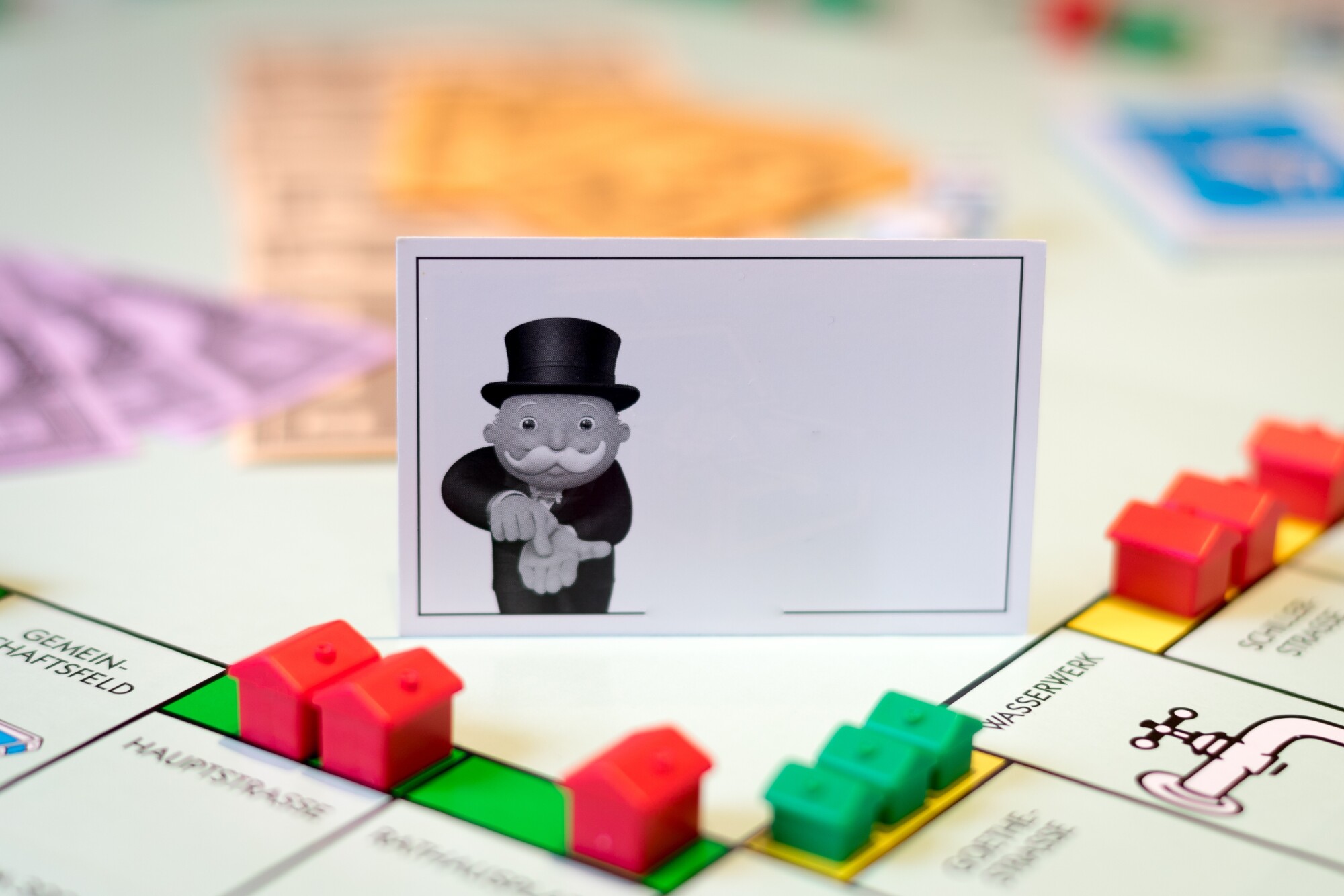
As of 2022, 36% of American households rent their homes rather than buying them outright.
For those looking for a passive income stream, the idea that housing rentals are going up means that owning a rental property could be a profitable source of income.
However, owning a rental property might not be as "passive" as you might think. Being a landlord can come with a lot of work and a fair amount of risk.
So, if you're looking into getting into real estate, you're probably wondering: "how much profit should you make on a rental property?"
Read on to find out!
1. Defining ROI
If you're buying a rental home as a long-term investment, you'll want to know how to calculate the ROI for a rental property.
ROI stands for "return on investment" and it represents how much money your investment returned (as opposed to how much you put into it).
Several numbers and calculations go into this number, and we'll go through a few different ways to calculate them. It's key to continue to run the numbers on an ongoing basis, as various factors will change over time.
2. Cash Flow
A cash flow calculation is a fairly straightforward way to determine how much money (or profit) your rental home will bring you each month.
Take the gross rent that you're charging your tenants and subtract and expenses that you pay as the landlord. These expenses could be the fee you pay to a property management company, maintenance costs, property taxes, etc.
The difference between those two numbers is your cash flow! In other words, you can use this number to track your monthly profit.
3. Cash on Cash Return
Looking at your cash on cash return is another way to calculate how profitable your rental property is. Rather than being calculated as a dollar amount, this number is a percentage and looks at your investment with a wider lens.
Calculate your cash on cash return by taking your annual cash flow and dividing it by the total amount you invested into the property. This number might include your down payment, any closing costs, or renovations, in addition to monthly expenses.
Turn your final number into a percentage by multiplying it by 100!
4. Capitalization Rate
While the cash flow gives you a granular breakdown of how much profit you bring home each month and the cash on cash return shows how well your investment did that year. Your cap rate can help you predict your investment's future.
Divide your net operating income (NOI) by your rental home's purchase price and then multiply by 100 to get your cap rate.
The lower your cap rate, the lower your risk!
How Much Profit Should You Make on a Rental Property?
Before investing a large sum of money, you should be clear on how much money you may get back.
It's crucial to ask yourself "how much profit should you make on a rental property?" when deciding if the investment is a tolerable risk.
From there on, continue to audit your investment and track how well it's doing so that you can make informed decisions.
If you're a new or prospective rental homeowner, contact us today for help managing your investment! We'll help make your investment a truly passive stream of income.












